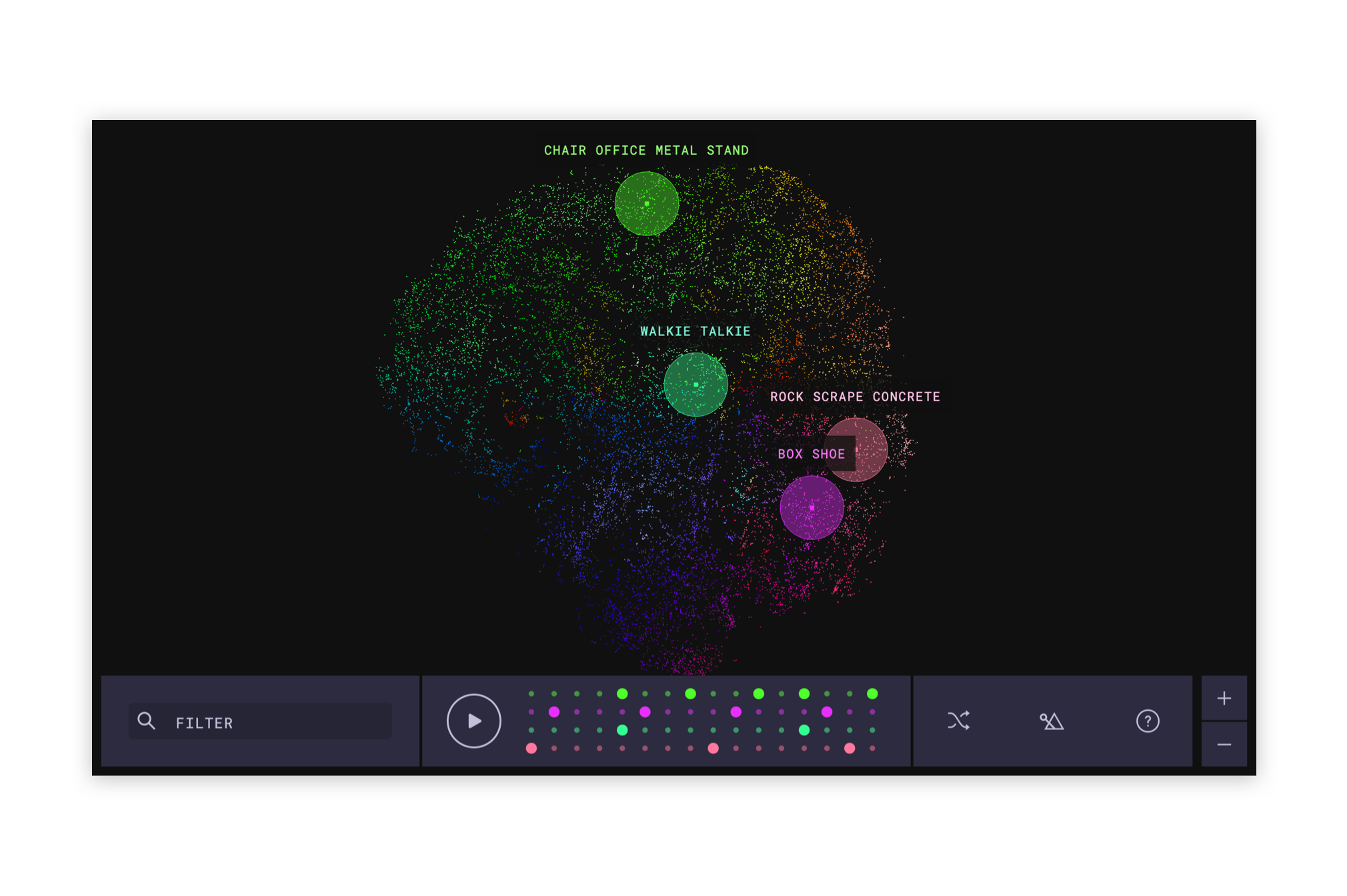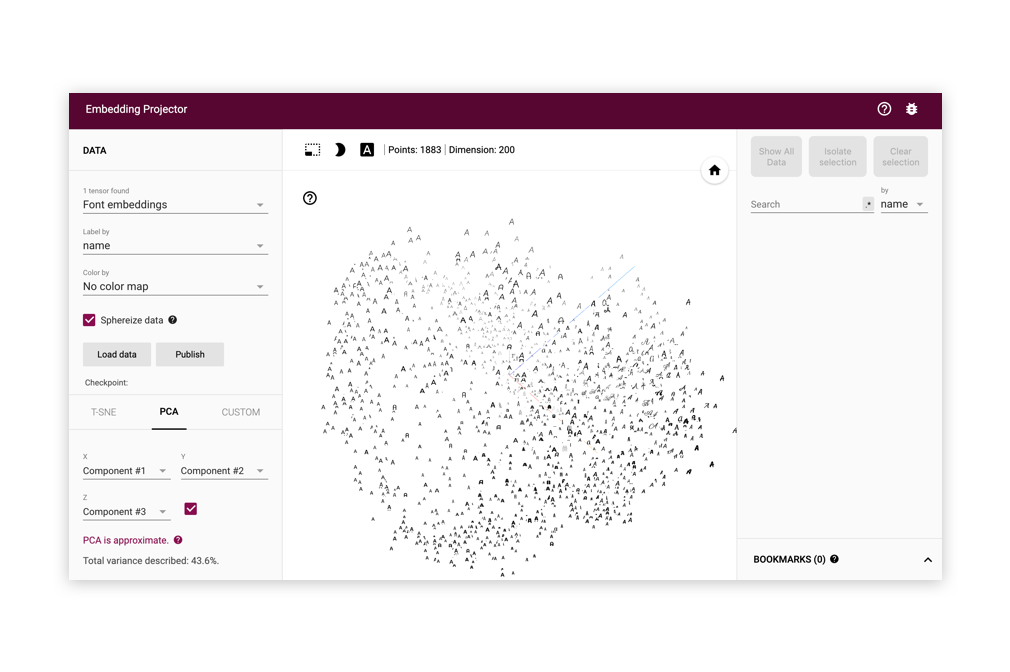Problem:
The user wants to understand how the underlying data used in a system is structured, how extensive it is, and comprehend how it is used by the system.

Solution:
Alongside the core functionality provided by the system, there is an extra feature that allows the user to dive into the data itself and explore it from different angles, using filters and other controls to manipulate it. This may utilize an attractive Dataset Visualization pattern as part of this interface, that can provide a playful interaction in its own right. Alternatively, it might be a simple list or table, which holds less appeal for casual explorers (and indeed may be very daunting for them to deal with) but empowers serious users to deepen their understanding of, and expertise with, the system.
Discussion:
For some applications, exploring a dataset can be the very point of the system, and plentiful examples of these can be found. For others, where there is a dataset “under the hood” powering operations, it might not increase the utility of the application to allow users to explore the data, but it can be very effective at building trust in the system by exposing its inner workings. In addition, it can provide a compellingly pleasurable “bonus feature” that can drive additional engagement.
More Examples:
